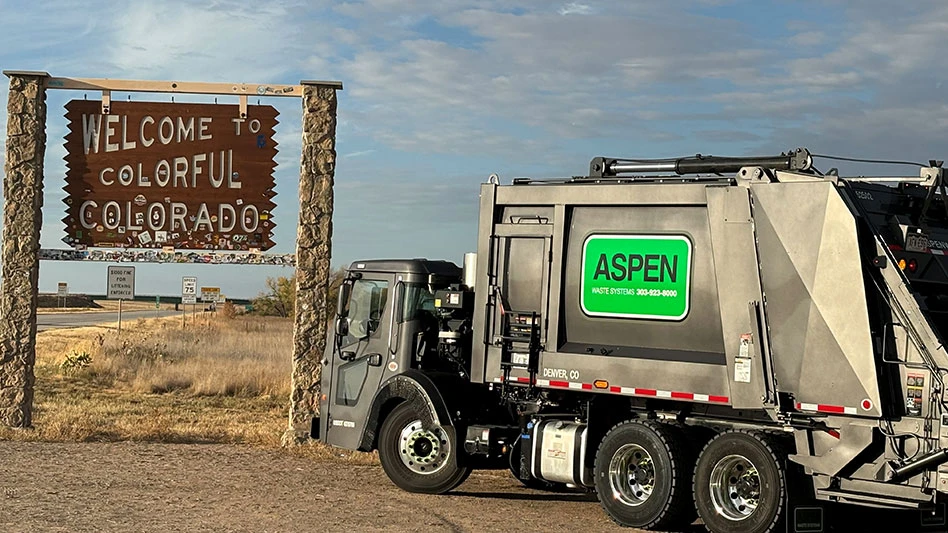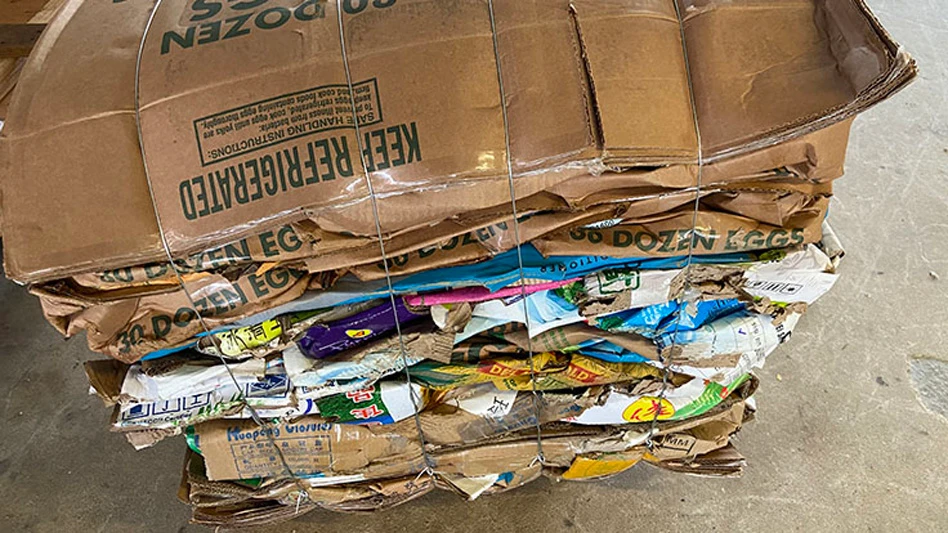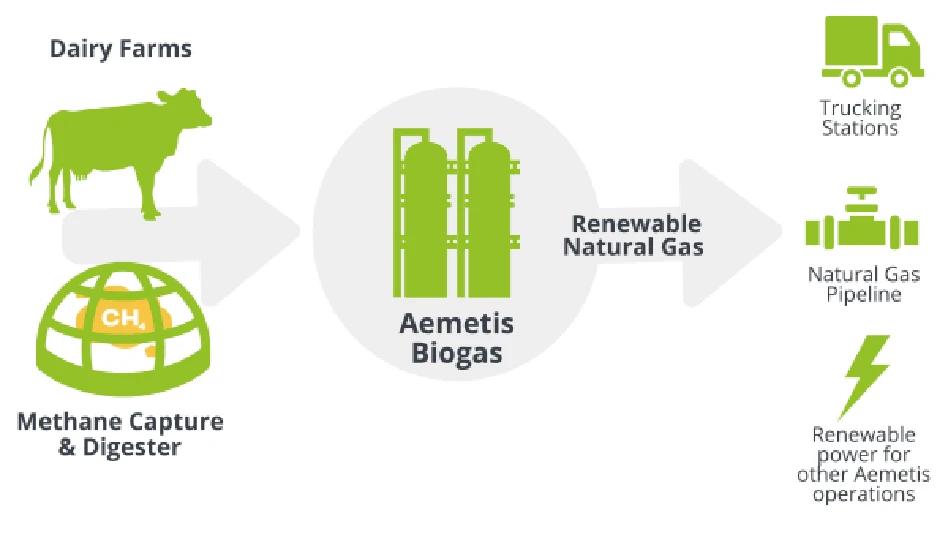
Photo courtesy of Reworld
Since last year, Reworld—formerly known as Covanta—has undergone quite a transformation. In addition to a name change, the company has introduced new service lines and expanded its geographical presence to better service customers.
Since its acquisition by Swedish investment firm EQT Infrastructure and the appointment of Azeez Mohammed as president and CEO in 2021, Reworld has continued to grow organically and through acquisition while also emphasizing sustainability.
Mohammed shared the details of the company's rebrand and future plans in the following interview with Waste Today at this year’s WasteExpo conference in Las Vegas.
Waste Today (WT): You mentioned the rebranding was coming on the heels of a lot of investment, transformation and growth. What are some of these investments and transformations, and how do they play a role in the greater Reworld mission?
Azeez Mohammed (AM): The transformation of the last two years has been pretty stunning. …. There were three areas that we’ve shown huge progress in. First and foremost is making sure that we are geographically distributed. This concept is extremely important because our customers are increasingly marquee Fortune 1000 customers who also have a national footprint, and as a result, they’re looking for somebody who solves their whole [waste] problem, not a problem at [only] certain locations. So, this geographic expansion was pretty big. We increased our facilities count from 60 to 100.
The second area, I would say, is we are the leader in sustainable waste solutions. And we’ve cemented that with five key offerings. … Last time we spoke, I talked about how we prevent 8 percent of U.S. waste from going to landfills. That’s all under the ReDirect360 product line. We have ReDrop, which is wastewater treatment; we have ReKiln, which is alternative fuel; we also have ReCredit, which is carbon offsets; … and then we have ReMove, which is the transportation to these sustainable disposal mechanisms. So, that is the second thing we demonstrated.
The last [area we] enhanced is customer experience. We listen to our customers and ... are very close to launching a customer portal where … you get reports about how much methane you’re avoiding; how much waste has been treated in a sustainable manner; scheduling and so on. So, these are the three big things that can be expected. And we’ve demonstrated progress on all three. As a result, we said, “Hey, it’s an authentic declaration of who we are now, and let’s go do this.”
WT: Can the customer portal be beneficial to customers with ESG (environmental, social and governance) goals and increased diversion requirements?
AM: Most of them have net zero goals. And they realize we are the fastest path for them to get there because we are carbon-negative. So, that is one aspect. But even on a day-to-day basis, we want to have a frictionless process for them to engage with us, we want to be responsive 24/7. So, making it more digital, and we’ll keep adding features to it as we hear more feedback from them.
WT: How did you build your new solutions offerings? Were they formed through acquisition or organic growth?
AM: It is a combination, I would say. For example, in the ReDrop service line, we were processing 125 million gallons of wastewater with the acquisitions; it’s now 250 [million gallons]. On the other hand, [with] the ReKiln service line, we were a very tiny player. But now we have 50 percent of the market share, and we are the biggest player by far and that is because of acquisitions. So, we’ve been purposeful in complimenting our ambitions and our strengths, but always keeping in mind sustainable-based solutions.
WT: What is the future of your waste-to-energy facilities? Is this still an area of focus, or something Reworld is looking to shift away from?
AM: If you look at the ReDirect360 product line, at the core of it, what makes us a sustainable waste solution leader is the fact that we have carbon-negative disposal. The core of that is what we referred to in the past as waste-to-energy facilities. The name we have rebranded it [to] is Thermomechanical Treatment Facilities or TTF. Why? Because waste-to-energy is only 20 percent of what happens within a TTF. We love that. That is what gives the carbon negative aspects. Now we build capabilities and moats around it. So definitely invested in it.
WT: In Reworld’s 2024 sustainability report, it mentioned the company achieved an 81 percent increase in material recycled and/or reused compared to 2021. What are some of the ways you achieved that?
AM: First, I would say the water, or ReDrop. [The amount recycled] doubled. Cement kiln, or alternative fuel, we were almost zero—now we are [producing] 100,000 pounds. And the few areas where we felt there was a sustainable path … and where there was high growth, we demonstrated those capabilities. We aligned ourselves with our customers … who have these net carbon goals. We look[ed] at their needs and … [took] on more of their waste streams. And we’re able to certify that it did not go to landfill and give them the assurance. So, I would say it’s a combination of these things.
Latest from Waste Today
- Capital Waste acquires Tennessee Waste Haulers
- Van Dyk partners with Reckelberg Environmental Technologies
- CRI submits comments to CalRecycle on CRV handling payments
- Reworld acquires EnviroVac Waste Transport
- Waga Energy partners on RNG project at France landfill
- Hawaiian county selects landfill site
- CAA submits final draft program plan in Oregon
- Washington city adds organics collection to waste service





